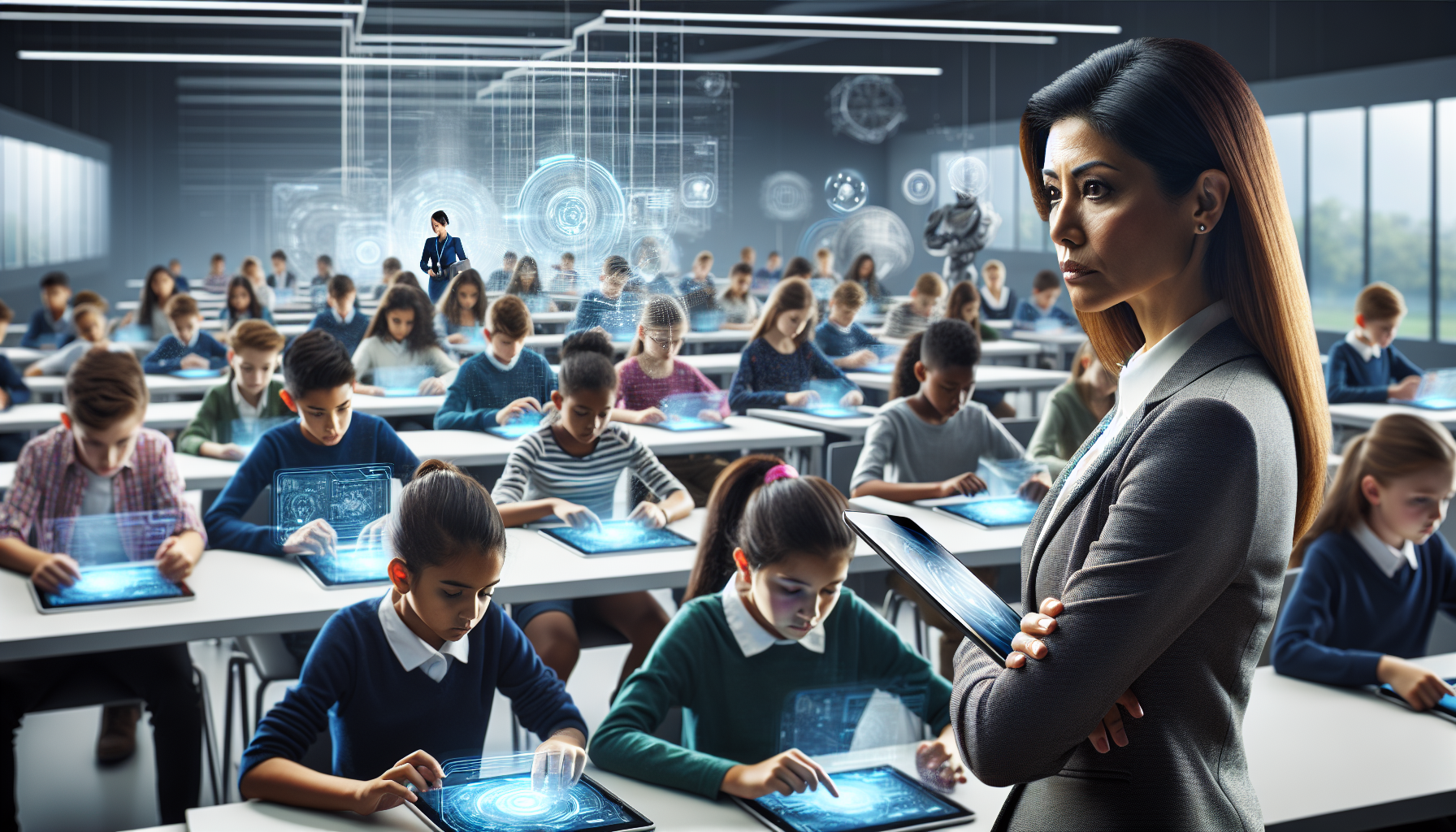The Rise of Artificial Intelligence in Education
In the ever-evolving world of technology, **artificial intelligence (AI)** is proving to be a game-changer, especially in the field of education. Schools across the United States, from bustling urban centers to small rural districts, are increasingly integrating AI tools to enhance learning experiences. With so much to explore, let’s dive deeper into how these innovations are shaping the future of education.
What AI Tools Are Reshaping the Classroom?
AI technology is being employed in various manners, streamlining workflows, and enhancing student engagement. Some of the remarkable tools gaining traction include:
- Kahoot!: An interactive platform that gamifies learning, making it fun and engaging.
- Edmodo: A social learning platform designed for classroom collaboration and communication.
- GradeLink: A school management system that automates grading and reporting.
These tools not only boost productivity for educators but also enhance the overall learning experience for students. For instance, AI can personalize learning, adapting materials to meet the needs of individual students, which is essential in fostering an inclusive environment.
Real-life Success Stories
Many schools are leading the charge in adopting AI to facilitate learning. For example, in San Francisco, the San Francisco Unified School District is using AI to analyze student performance data and offer tailored intervention strategies. Educators are thrilled with the insights AI provides, enabling them to address student needs proactively.
Similarly, Miami-Dade County Public Schools have implemented AI systems to assist teachers with administrative tasks, thus allowing them to focus more on instruction and less on paperwork. As one educator put it, “AI doesn’t replace us; it frees us to do what we do best—teach!”
The Challenges of AI Integration
While the benefits of AI in education are evident, challenges remain. A primary concern is the digital divide; not all schools have the same access to technology. As noted by Dr. Michelle Smith, an education specialist, “Equity in education is paramount, and we must ensure all students benefit from these advancements.”
Furthermore, teachers need proper training to maximize the potential of AI tools, ensuring they aren’t just techno-wizards but also effective facilitators. Addressing these challenges is crucial for successfully integrating AI in schools.
Conclusion: The Future of AI in Education
As we venture further into the age of technology, the integration of AI in education is bound to expand and evolve. The potential to personalize learning and ease the administrative burden on teachers opens the door to a richer educational experience for both students and educators alike.
In my opinion, the wave of AI in education is not just a trend but a transformative force that, when utilized properly, can bridge the gap in learning opportunities. However, continuous efforts must be made to ensure equitable access and proper implementation.
Are you ready to see how AI can enhance your learning or teaching experience? The future is bright, and it’s just getting started!
https://www.nytimes.com/2024/12/07/special-series/artificial-intelligence-schools-education.html






